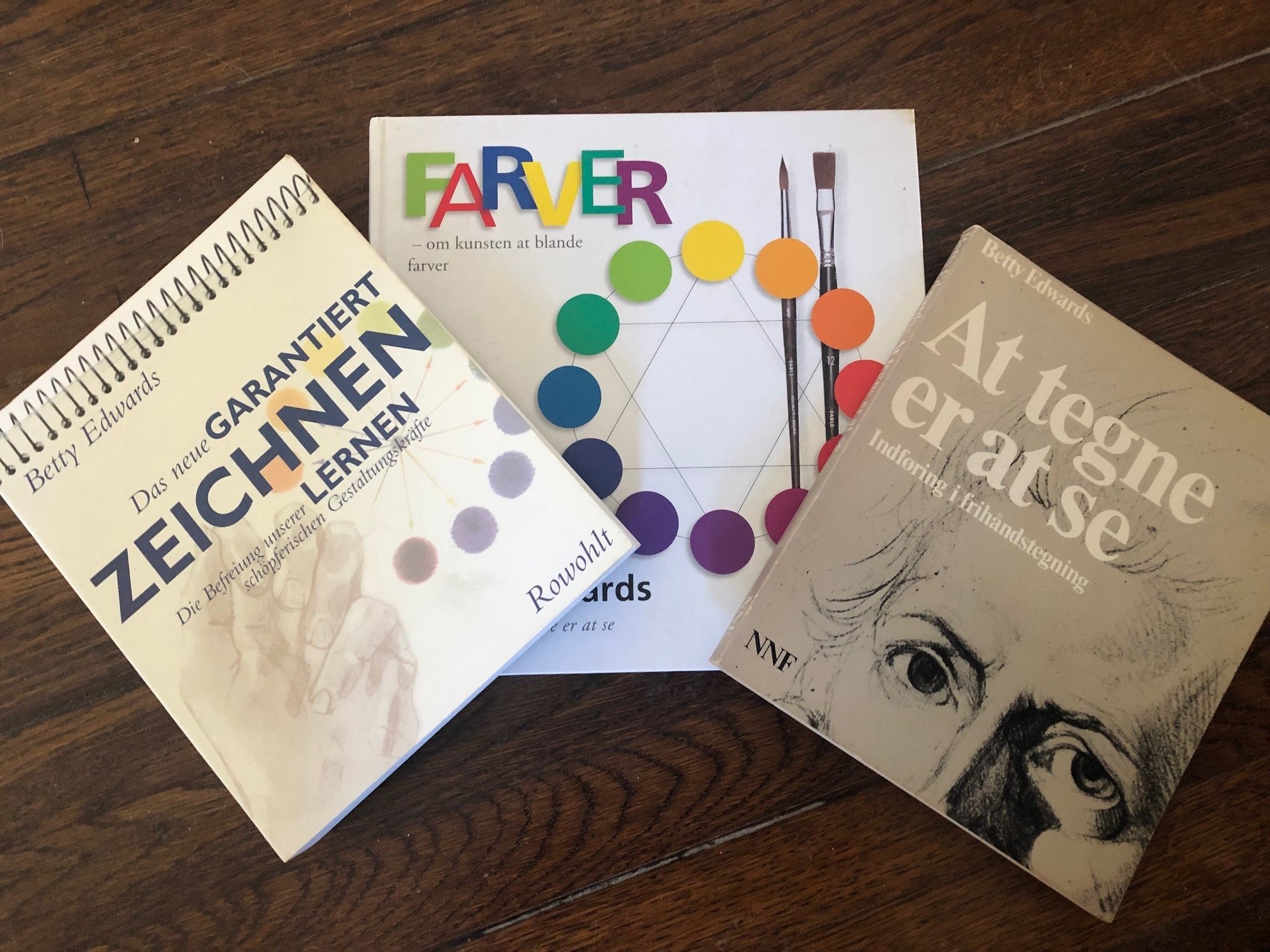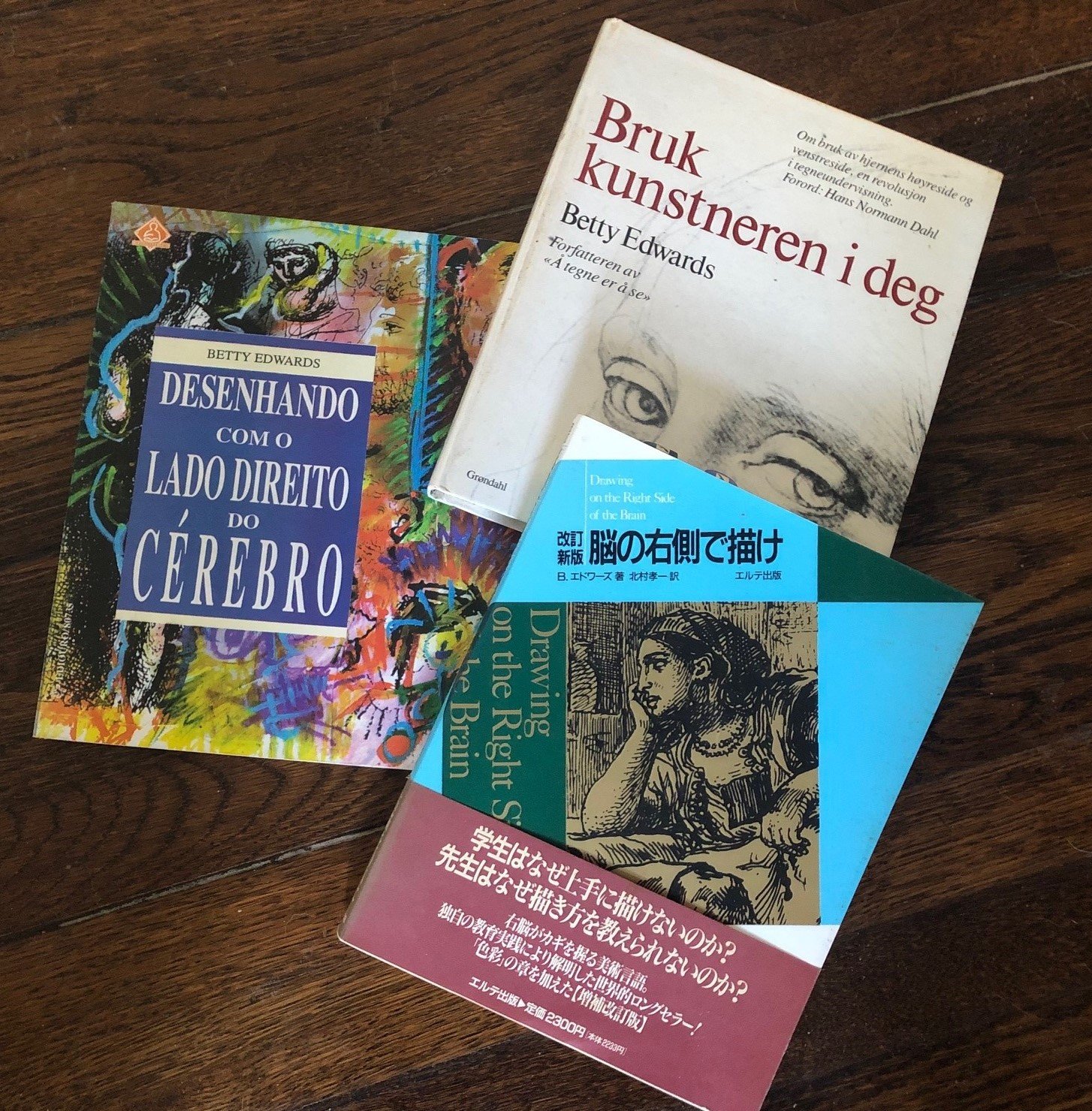Every January 23rd is National Handwriting Day! To mark the occasion, Betty Edwards recommends this article that was published 1/21/2025 in The Guardian: Are We Losing Our Ability to Write by Hand? As the author says, “We are far more likely to use our hands to type or swipe than pick up a pen. But in the process, we are in danger of losing cognitive skills, sensory experience – and a connection to history.”
The article examines these ideas in depth. “Some of our disappearing habits, such as handwriting and drawing, might not seem important. They are modest skills whose benefits are experienced privately, cannot easily be monetized (unless you are that rare thing, a professional calligrapher), and whose use in daily life no longer makes sense for an increasing number of people.”
“Yet the quiet disappearance of handwriting from our lives shows how the extinction of certain experiences happens: experiences recede gradually, not through some top-down edict or bottom-up populist campaign. And we rationalize their obsolescence not as a loss but as another mark of progress and improvement. A skill fades, and with it a human experience that spans millennia. Even those experiences leave a trace, like the cave drawings in Altamira and Lascaux, painted about 40,000 years ago and hundreds of miles apart, which both contain images of the same thing: the human hand.
“Handwriting’s rapid decline in a world dominated by screens is also a symbol of how thoughtlessly we’ve settled between the old and the new. New technologies don’t have to destroy old ways of doing things. The printing press didn’t destroy handwriting. There is no reason to assume the triumph of the keyboard and touchscreen over pen and paper is inevitable, or that software spells the end of drawing by hand, or that the encroachment of technology in the classroom need force out more traditional embodied forms of learning. We can achieve some form of coexistence, even if it is likely to be an uneasy rather than a peaceful one.
“’For our flesh surrounds us with its own desires,’ the poet Philip Larkin wrote. It also surrounds us with opportunities – to learn, to understand, to feel in a way that our vicarious, screen-based experiences do not. As our world becomes ever more saturated with images and virtualizations, we shouldn’t let our desire for alluring technologies eclipse the human need to see, touch and make things with our hands.”
Don’t let your own handwriting disappear! Practice it, draw, try calligraphy. If you are a student, you will find that notetaking with pen and paper will help you learn and retain information. And there is great joy (for you and the recipient) when you handwrite notes to friends and family, sent through the mail.
Make every day “Handwriting Day”!
~ Betty Edwards





































